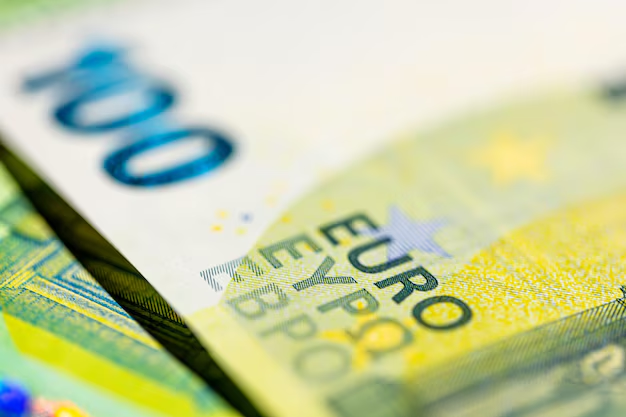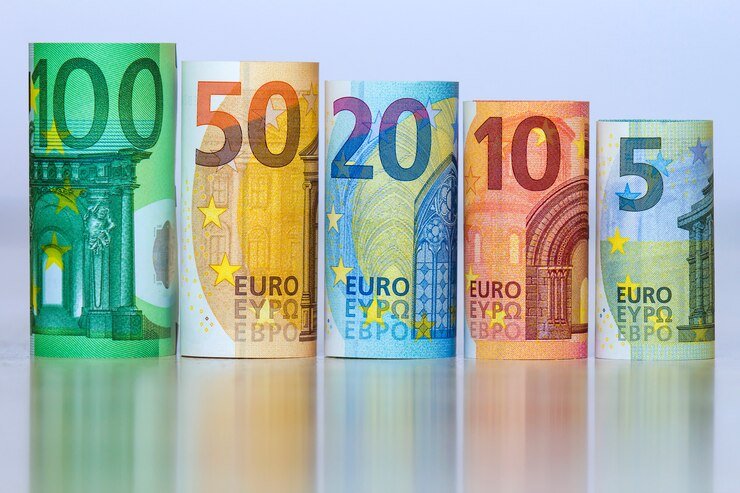EUR/USD Price Prediction: Bullish Trend Gains Momentum Above 1.0800 As Dollar Weakens
The EUR/USD currency pair is gaining strength once again above the 1.0800 level, driven by bullish technicals and a weakening US dollar. The pair has rallied in the early Asian trading session, spurred by fears of an economic slowdown in the US under President Donald Trump’s trade policies. Technically, the bullish bias is still in place as the price stays above the 100-day EMA, with the RSI continuing to indicate upward momentum. Important resistance is at 1.0955, with a possible move towards psychological level 1.1000, while short-term support is at 1.0775. Investors now look out for important PMI releases from the Eurozone, Germany, and the US for further direction. KEY LOOKOUTS • EUR/USD continues to be bullish as long as it holds above the 100-day Exponential Moving Average at the current vicinity of the 1.0600–1.0605 region. • 14-day RSI sitting above 59 reiterates high bullish pressure, with possible scope for higher prices. • Initial resistance comes at 1.0955 (March 18 high), then possibly challenging the 1.1000 psychological mark and 1.1111 Bollinger Band top level. • Traders will need to look out for Eurozone, German, and US PMI reports for March, which will likely be instrumental catalysts for the next move. Traders need to keep a close eye on significant technical and fundamental pointers while EUR/USD continues to trade in a bullish manner above the 100-day EMA. The 14-day RSI continues to hold strong near 59, reflecting continuous upward momentum in the near term. On the positive side, the initial resistance is present at 1.0955, followed by the psychological 1.1000 level and the top of the Bollinger Band at 1.1111. On the negative side, the first support comes at 1.0775, with the key support level at 1.0600–1.0605. Apart from this, future releases of PMI data for the Eurozone, Germany, and the US have the potential to be key market drivers, dictating the pair’s next trend direction. EUR/USD remains in a bullish tone above the 100-day EMA, with good RSI momentum. Major resistance is at 1.0955 and 1.1000, while support is at 1.0775. Traders look to the next Eurozone and US PMI releases for new directional signals. • EUR/USD bounces back above 1.0800, demonstrating strength in the early Asian session and ending a three-day losing streak. • The 100-day Exponential Moving Average (EMA) supports bullish momentum and maintains the overall technical scenario upbeat. • The 14-day Relative Strength Index (RSI) remains north of the midline at approximately 59.35, which reflects ongoing bullish inclination. • The immediate resistance markers to focus on are 1.0955 (March 18 high) and the psychological level of 1.1000, with deeper targets towards 1.1111. • The initial support is at 1.0775, and the critical support area is at 1.0600–1.0605 (100-day EMA and round figure area). • Underlying pressure on the US dollar continues as investors worry about economic slowdown due to President Donald Trump’s trade policies. • Major economic event risk in the near term includes PMI readings from the Eurozone, Germany, and the US, which may trigger the next significant move in the pair. The EUR/USD currency pair has continued to exhibit new strength as it rises higher in Monday’s Asian session, attributing to positive sentiment across the Eurozone. The recovery follows increasing fears of a possible US economic slowdown, sparked by factors that have begun to put pressure on the US dollar. Market participants are monitoring closely the international macroeconomic climate, especially the effect of US President Donald Trump’s trade policies that have created uncertainty among investors. This change in sentiment has made way for a favorable backdrop for the euro to pick up speed at the beginning of the week. EUR/USD Daily Price Chart Chart Source: TradingView Looking forward, traders are focusing their attention on key economic data releases, most notably preliminary Purchasing Managers Index (PMI) numbers for the Eurozone, Germany, and the US. These readings will provide new clues as to the vitality of business activity in these pivotal regions and could have an influence on investors’ expectations. With world markets still sensitive to economic data and policy cues, forthcoming data will be key in determining the general outlook for the EUR/USD pair. TECHNICAL ANALYSIS EUR/USD is bullish as it resists below key moving averages, indicating underlying strength in the trend. The duo’s position above the 100-day Exponential Moving Average (EMA) reflects persistent bullish sentiment, and the 14-day Relative Strength Index (RSI) is still above the midline, reflecting ongoing upward momentum. If the buying interest continues, the pair can slowly move towards higher resistance levels, and any downward movement will likely find support around recent lows. Overall, the technical setup favors a bullish bias in the near term. FORECAST EUR/USD will probable challenge the crucial resistance levels in the upcoming sessions. The initial level of resistance seems to be around the 1.0955 level, a recent high. A successful advance above this zone can set the stage for a move towards the psychological level of 1.1000. Additional gains here can push the pair towards 1.1111, the Bollinger Band upper boundary, indicating prolonged bullish outlook. Encouraging economic news from the Eurozone or additional US dollar weakness may serve as triggers for this move higher. Conversely, if selling mount, the initial level to look for is 1.0775, which was a recent low and is serving as immediate support. A decline below this level could prompt additional downturns towards the key support area of 1.0605–1.0600, which also coincides with the 100-day EMA. A prolonged dip below this zone may change the market mood and leave the pair vulnerable to further losses, the next target being about 1.0418. More robust than anticipated US economic numbers or dovish policy announcements might boost the bearish pressure.





